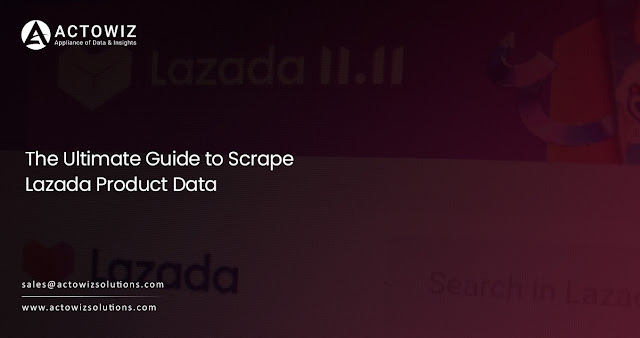A Guide to Scraping Restaurant Data from Deliveroo, Talabat, and Careem

In today’s digital age, data is a valuable asset, and for businesses in the food delivery industry, having access to restaurant data can be a game-changer. Scraping restaurant data from popular food delivery platforms like Deliveroo, Talabat, and Careem can provide valuable insights for market analysis, competitor research, and business growth strategies. In this blog post, we’ll explore how to scrape restaurant data from these platforms responsibly and efficiently.
Understanding Web Scraping
Before we dive into scraping restaurant data, it’s essential to understand what web scraping is and the ethical considerations involved. Web scraping is the automated process of extracting information from websites. While web scraping is a powerful tool, it should be used responsibly and within legal boundaries. Always check the terms of service of the websites you plan to scrape, and respect their policies.
Choosing the Right Tools
To scrape data from Deliveroo, Talabat, and Careem, you’ll need the right tools. Python is a popular choice for web scraping due to its extensive libraries like Beautiful Soup and Scrapy. You can use these libraries to navigate websites, extract data, and save it in structured formats like CSV or JSON.
Identifying the Data You Need
Before you start scraping, determine the specific restaurant data you want to collect. This could include:
- Restaurant names and locations
- Cuisine types and menus
- Ratings and reviews
- Delivery times and fees
- Pricing and discounts
Having a clear idea of what you need will help streamline your scraping process.
Scraping Data from Deliveroo
Deliveroo is known for its extensive restaurant listings. To scrape data from Deliveroo, follow these general steps:
a. Send HTTP requests to the Deliveroo website using Python libraries like Requests.
b. Parse the HTML content of the restaurant pages using Beautiful Soup.
c. Extract the relevant data elements such as restaurant names, menus, and ratings.
d. Store the data in a structured format.
Scraping Data from Talabat
Talabat is a popular food delivery platform in the Middle East. To scrape data from Talabat, you can use a similar approach:
a. Send HTTP requests to the Talabat website.
b. Parse the HTML content.
c. Extract restaurant information like names, locations, and menus.
d. Organize the data for analysis.
Scraping Data from Careem
Careem, a ride-hailing service, also offers food delivery services in some regions. To scrape data from Careem’s food delivery section:
a. Send HTTP requests to the relevant Careem webpage.
b. Parse the HTML content.
c. Extract restaurant data, including details like names, cuisines, and delivery options.
d. Save the data for further analysis.
Data Storage and Analysis
Once you’ve scraped data from Deliveroo, Talabat, and Careem, it’s crucial to store and analyze it effectively. You can use data analysis tools like pandas or Excel to clean and analyze the data. Visualizations can help you gain insights into restaurant trends and customer preferences.
Respect Robots.txt and Website Policies
Always be respectful of the websites you scrape. Check for a site’s “robots.txt” file to understand which parts of the site are off-limits for scraping. Additionally, monitor the scraping process to avoid overloading the servers and causing disruptions.
Conclusion
Scraping restaurant data from platforms like Deliveroo, Talabat, and Careem can provide valuable insights for businesses in the food delivery industry. However, it’s essential to scrape responsibly, respect website policies, and use the data ethically. With the right tools and techniques, you can gather the information you need to make informed decisions and stay competitive in the market. Happy scraping!


Comments
Post a Comment